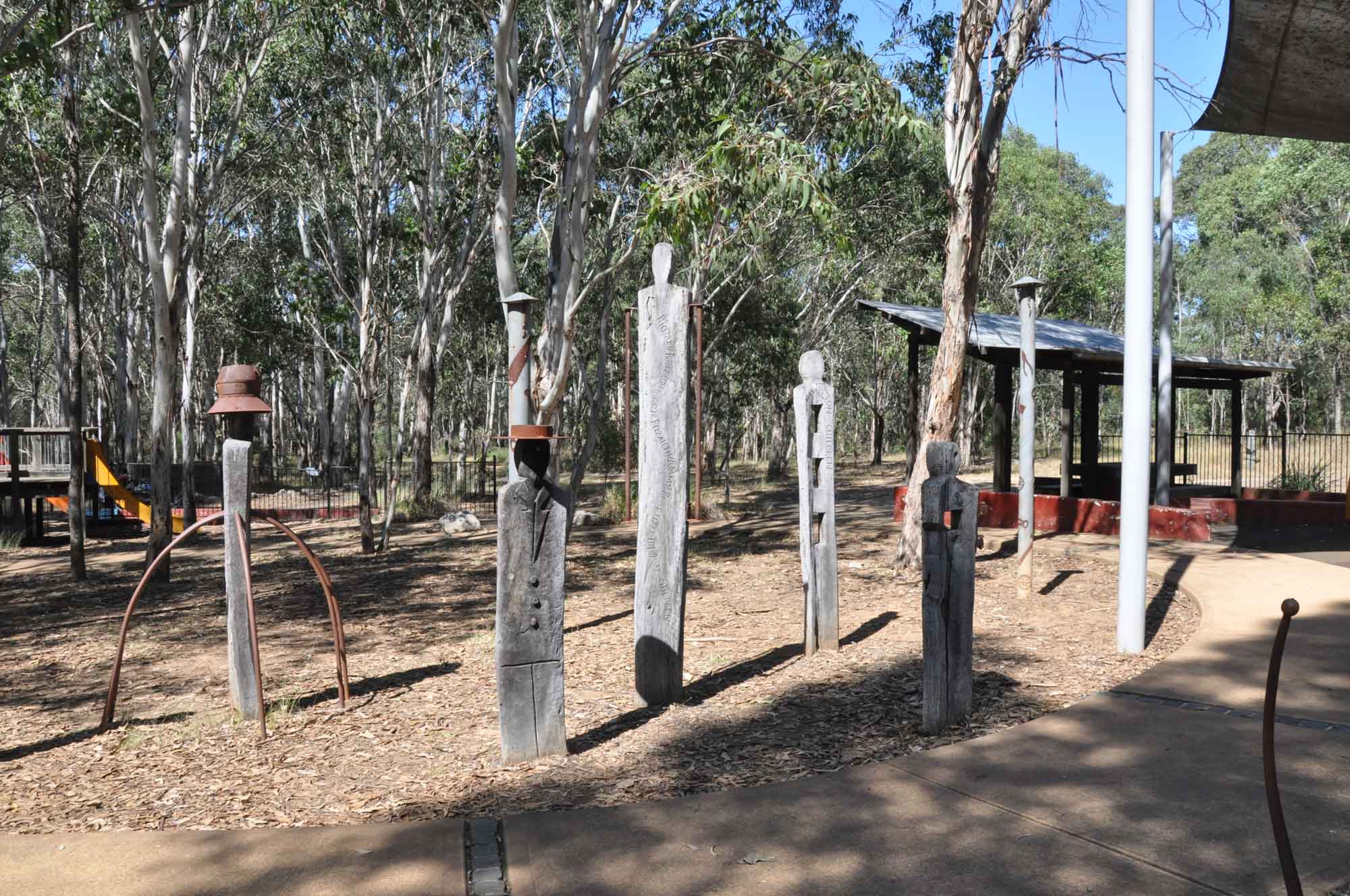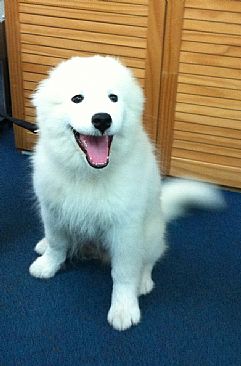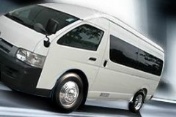News
June 24th is International ‘Take Your Dog to Work Day’
Source: RSPCA Australia
Archived 23 Aug 2016 - Posted: 24 Jun 2016
Employers are today asked to open their doors to their pet owning employees to encourage and promote the benefits of pet ownership and animal adoption.
The RSPCA offers the following tips to make the experience run smoothly.
Before taking your dog to work:
- Check with your office to see if bringing your dog to work is appropriate and allowed. Some work environments may not be appropriate or safe for dogs.
- Consult with your workplace about associated policies and requirements.
- Ensure your dog is currently healthy so they don't potentially spread any infections.
- Ensure your dog is identified (including by microchip and that your contact details are up to date on the microchip register) and up to date with their vaccinations.
- Dogs should be socialised with other dogs and people.
- Dogs should be trained using reward-based positive reinforcement.
- Ensure the office environment is safe for pets. Cables, cords and rubbish bins can be hazardous for pets, so ensure dogs in the office can't access these.
- Supervise your dog and make sure they won't be able to escape and get lost by accident.
In the Workplace:
- Bring your pet’s favourite blanket, dog bed, food (plus food treats) and food and water bowls. Also bring some toys with them so they feel comfortable in the new environment. Having their favourite toys (e.g. safe chew toys and food dispensing toys) will also help keep them stay preoccupied while you’re working.
- Place their bed beside your desk. Dogs should stay at the desk of their owner with their owner, or the desk of another designated responsible person with that person, in the owner's absence, so the dog is directly supervised. This is to ensure your dog doesn't wander as they may get hurt. Some workplaces set up temporary penned areas, for example, by using baby gates around the owner's work desk area. These can work well as they allow the dog space to move around but in a secure and safe way.
- If appropriate, dogs can also accompany their owner to other areas in the office such as meeting rooms etc.
- Before arriving at the office, try taking your dog for exercise so they are not too excited when they get to the office and are more likely to settle and be calmer. When you arrive in the morning, let your dog have some free time to meet any other dogs and say hello to your co-workers.
- Set aside time for sufficient toilet breaks and to take your dog for a good walk or walks throughout the day. Walking your dog during your lunch break is not only great exercise for them, but a great opportunity to leave the office and get some fresh air. Avoid feeding your dog immediately before or after exercising as this can lead to bloat (which is a serious condition and can be fatal).
- Be ready to clean up after your dog if they accidentally urinate or defaecate in the office. Frequent toilet breaks should minimise any risk of this occurring but if it does occur, never punish the dog. New environments can be exciting and confusing so accidents may occur. If your dog toilets in the office, it is always best to display no reaction. Clean the area thoroughly with a non-ammonia based cleaning product (found at your local vet clinic or pet supplies store) to take away the scent and reduce the likelihood of the dog using the same spot again.
- Simultaneously increase the frequency of toilet breaks outside and continue to reward your dog whenever they do toilet in the correct place. The reward can be a tasty dog food treat to be given immediately after they finish toileting in the correct spot (i.e. within a few seconds). This will reinforce toileting outside and reduce the likelihood of toileting indoors.
- Dogs should not have access to the kitchen area. If they accidentally do enter the kitchen area, call them towards you (using a food treat is helpful) and reward them when they come to you. Prevent access to the area or other areas where pets shouldn't go by closing doors etc
- Ensure your dog and their belongings do not become trip hazards in the office and be sure to clean up any debris associated with your dog.
- Remember to reward your dog’s calm behaviour in the office. Rewarding calm behaviour reinforces calmness and makes the dog more likely to be calm again in the future.
This article archived 23 Aug 2016














